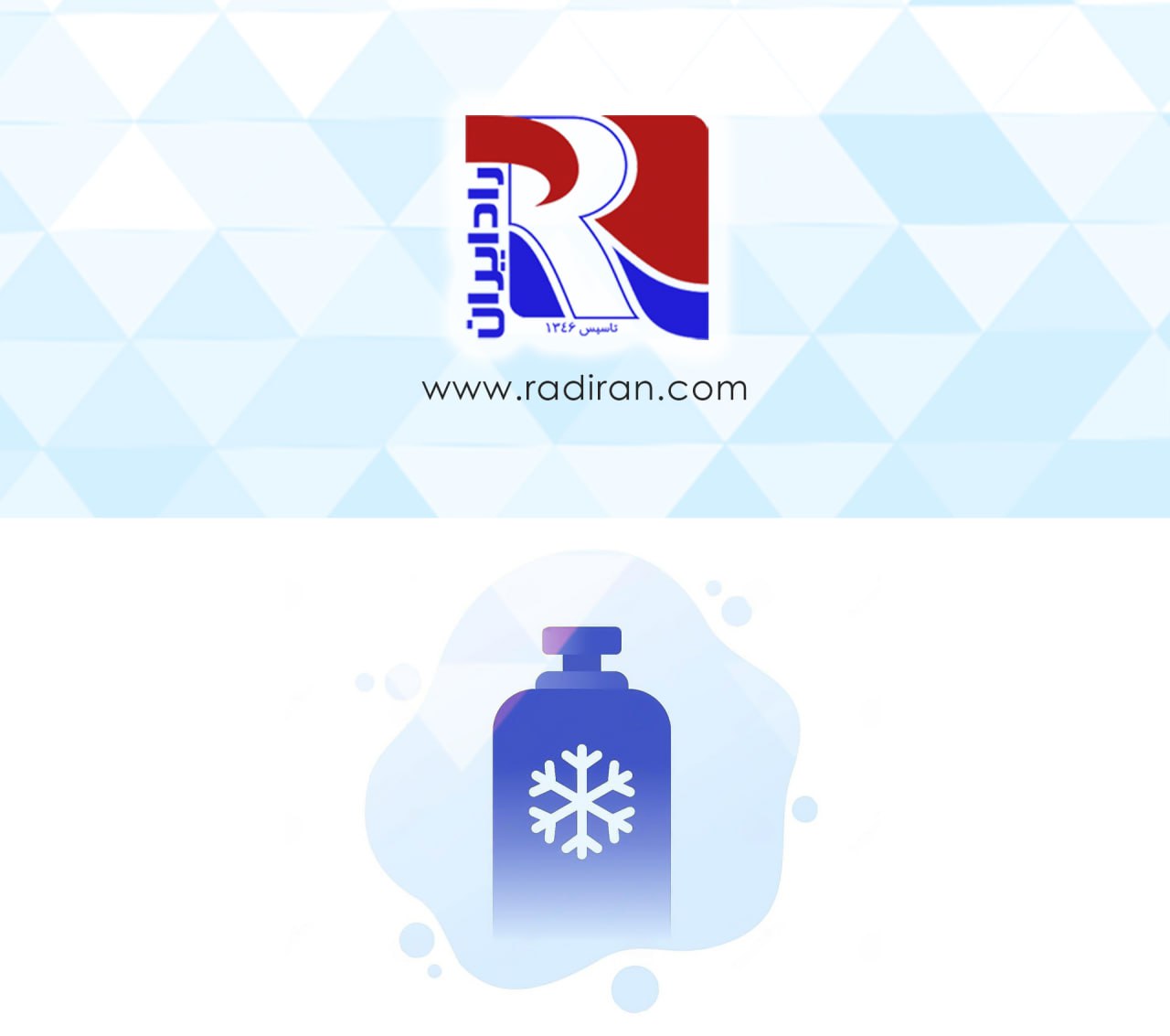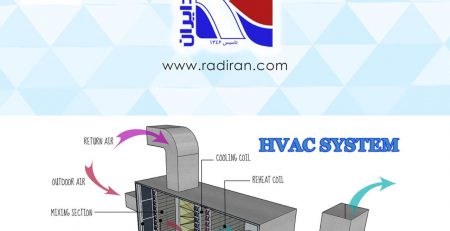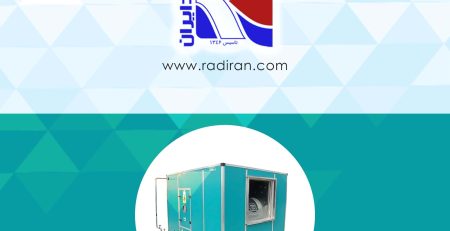Refrigerant
1. Chlorofluorocarbons (CFCs):
– Examples: R12 (Dichlorodifluoromethane)
– Properties: CFCs are highly effective as refrigerants due to their stability, non-flammability, and low toxicity.
– Environmental Impact: They were found to be damaging to the ozone layer, leading to increased ultraviolet radiation reaching the Earth’s surface. This ozone depletion contributed to environmental issues such as skin cancer and climate change. As a result, their use has been phased out under the Montreal Protocol.
2. Hydrochlorofluorocarbons (HCFCs):
– Examples: R22 (Chlorodifluoromethane)
– Properties: HCFCs were introduced as a transitional refrigerant with lower ozone depletion potential compared to CFCs. They are less stable than CFCs, breaking down more quickly in the atmosphere.
– Environmental Impact: HCFCs still contribute to ozone depletion, though to a lesser extent than CFCs. They are being phased out under international agreements in favor of more sustainable options.
3. Hydrofluorocarbons (HFCs):
– Examples: R134a (1,1,1,2-Tetrafluoroethane), R410A (a mixture of R32 and R125)
– Properties: HFCs do not deplete the ozone layer, making them a suitable replacement for CFCs and HCFCs. They offer good thermal performance and safety.
– Environmental Impact: While HFCs are ozone-friendly, they have a significant global warming potential (GWP). Their use contributes to climate change, prompting the search for alternatives with lower GWP.
4. Hydrofluoroolefins (HFOs):
– Examples: R1234yf (2,3,3,3-Tetrafluoropropene), R1234ze
– Properties: HFOs are designed to replace HFCs and offer similar performance with lower GWP. They are effective in various applications and have minimal impact on the ozone layer.
– Environmental Impact: HFOs have very low GWP and are considered more environmentally friendly compared to HFCs. They represent a step forward in reducing the climate impact of refrigerants.
5. Natural Refrigerants:
– Examples: R717 (Ammonia), R744 (Carbon Dioxide, CO2), R290 (Propane)
– Properties: Natural refrigerants are substances that occur naturally and can be used for cooling. They often have low GWP and zero ODP.
– Environmental Impact: They generally have minimal environmental impact. For instance, CO2 has a GWP of 1, making it nearly neutral in terms of climate change potential. However, some natural refrigerants, like ammonia, can be toxic or flammable, requiring careful handling.
Each type of refrigerant has specific applications, benefits, and drawbacks. The trend in recent years has been towards refrigerants with lower environmental impact, particularly focusing on reducing global warming potential and improving overall sustainability.












